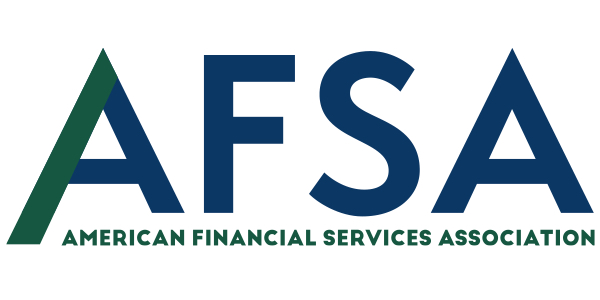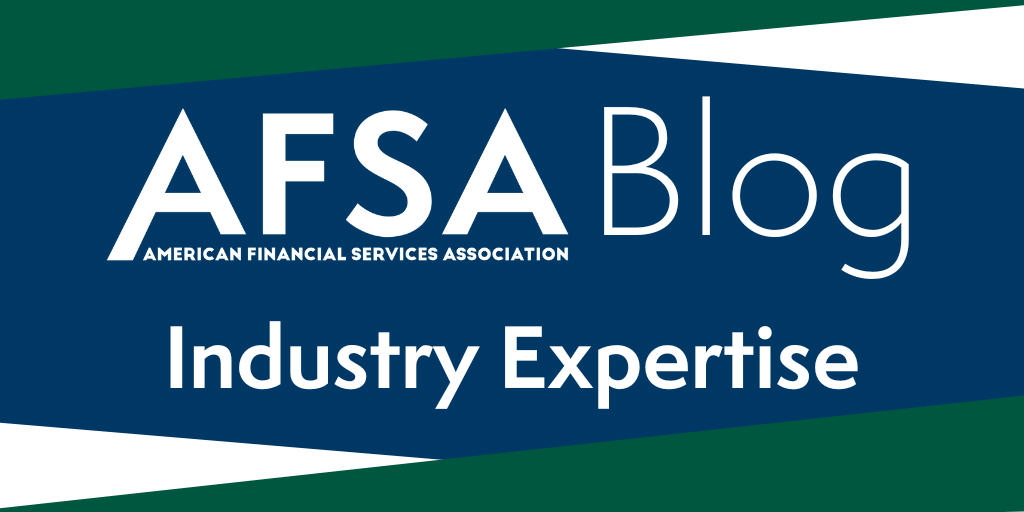The Urban Institute has been doing yeorman’s work providing independent, fact-based analysis on the effects of consumer credit rate caps. Taken together with other independent, academic analysis of rate caps, there is a growing body of evidence that shows rate caps fail to achieve the so-called benefits for consumers touted by rate cap advocates, while also imposing real financial harm on many consumers.
The Institute’s most recent study examined the status of consumer lending in the wake of Illinois’ 36% APR cap. Their study found the rate cap:
- Increased the short-term debt of some borrowers, perhaps because the borrowers no longer had access to their form of credit due to the new law. The analysis also indicates short term debt dissipated a year or 18 months after the bill’s passage.
- “[I]s not associated with a significant change in credit scores among Illinois consumers who used alternative financial services loans, relative to peers in states with high APR caps.”
- Neither improved nor damaged credit scores after the rate cap was implemented, relative to similar consumers in states with high APR caps.
This tracks with a similar analysis by the Urban Institute late last year on the effects of the Military Lending Act. The results?
- The MLA had little to no effect “on the credit health of most service members and their families.”
- There is no evidence that the policy “decreased delinquency and collections rates among borrowers with subprime credit scores, nor did the policy have an impact on these consumers’ credit scores.”
- There is “suggestive evidence that consumers with deep subprime credit scores had less access to credit after the MLA was extended in 2015.”
Notice a trend?
The Urban Institute analysis adds credence to the independent findings of economists Tom Miller, Brandon Bolen and Principal Federal Reserve Economist Gregory Elliehausen. Using data from a major credit bureau their recent peer-reviewed study shows that after implementation in the first quarter of 2021 the Illinois rate cap decreased the number of loans to subprime borrowers in Illinois by more than 20,000 (or more than 30 percent).
The Miller/Bolen/Elliehausen study also shows that subprime borrowers still able to get loans took out larger and therefore more expensive loans. Loan size grew by 75 percent for deep subprime borrowers (average $700 increase); subprime and no-score borrowers saw loan sizes increase by roughly 30 percent.
The upshot: a third of Illinois residents who before the rate cap could qualify for reliable and ethical small dollar installment loans could not after the rate cap’s imposition. And if by chance they could find a responsible lender, they had to borrow more, because as a recent Federal Reserve update, notes, no responsible lender can offer a short-term loan for less than $2500.
It’s important to note that the Urban Institute analysis had a very different methodology compared to the Miller/Bolen Elliehausen academic study. But the analysis is important because it confirms that despite claims otherwise, the APR cap did not in any meaningful way improve the financial standing or security for the consumers policymakers claimed to be helping.
Taken together, these recent studies show the folly of well intentioned but misguided policies and the real harm they can cause for consumers who have no access to credit but very much need it.








